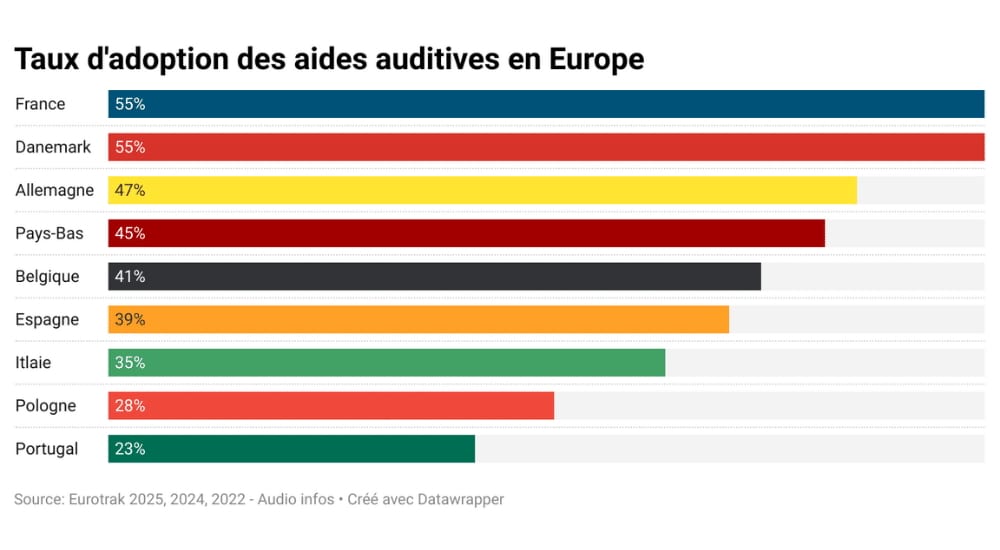How much spin is there in medical research journal abstracts?
journals
As many as 56% of abstracts in psychology and psychiatry journals contain spin to boost their results, according to a recent study by Oklahoma researchers.

While these findings, published in BMJ Evidence Base Medicine, cannot be extrapolated to other scientific fields, or to all journals—those reviewed were JAMA Psychiatry, the American Journal of Psychiatry, and the British Journal of Psychiatry—the possibility that a high percentage of research in respected fields is "doctored", and therefore unreliable, does have disquieting implications for other areas.
The academics, from Oklahoma State University, looked at the abstracts of 116 papers, specifically focusing on the reporting of randomised controlled trials with "nonsignificant primary endpoints", meaning that in these studies the authors lacked evidence to support the theories they were testing. Spin, the manipulation of the reporting to suggest more positive outcomes or to distract the reader from the nonsignificance of the results, was found in 2% of titles, 21% of abstract results sections, and 49% of abstract conclusions. Spin was present in both the results and conclusion sections of 15% of the papers.
There are three main types of spin: selectively reporting only certain results; P-hacking, which is only publishing figures from tests producing significant results; and inappropriate or misleading use of statistical measures.
"Adding spin to the abstract of an article may mislead physicians who are attempting to draw conclusions about a treatment for patients. Most physicians read only the article abstract the majority of the time," say the authors in their paper.
This is not the first research to highlight spin in abstract reporting in journals. The authors cite a study from cancer research, which concludes that physicians are influenced by abstracts. That study showed that all the abstracts they collected from cancer research included spin. Oncologists were recruited to read both the papers with spin and the same papers with the spin removed, 150 participants reading each version. The doctors reading the spun versions rated the treatments covered as more beneficial.
Source: Medical News Today


